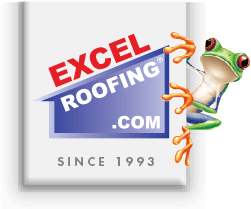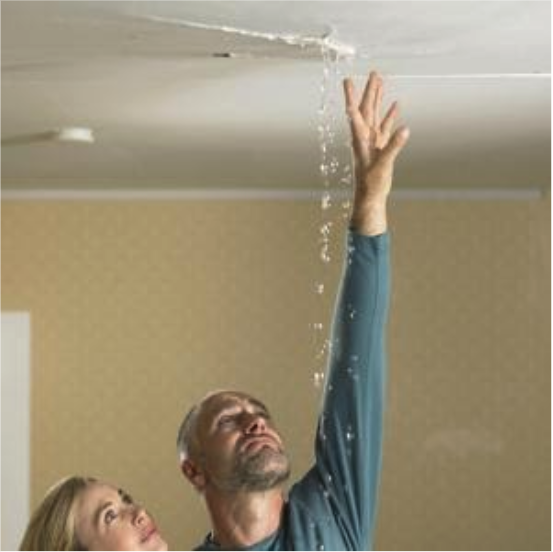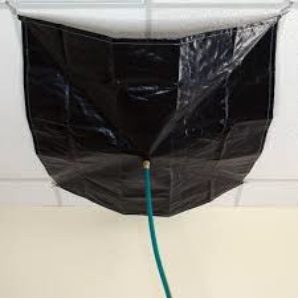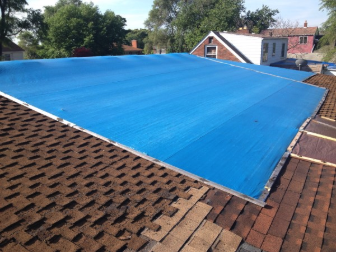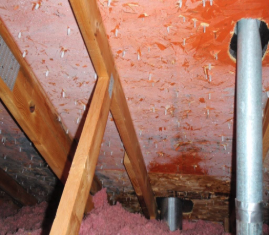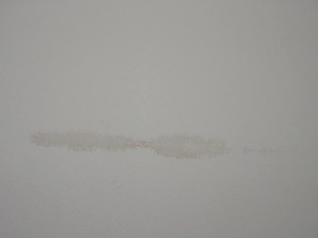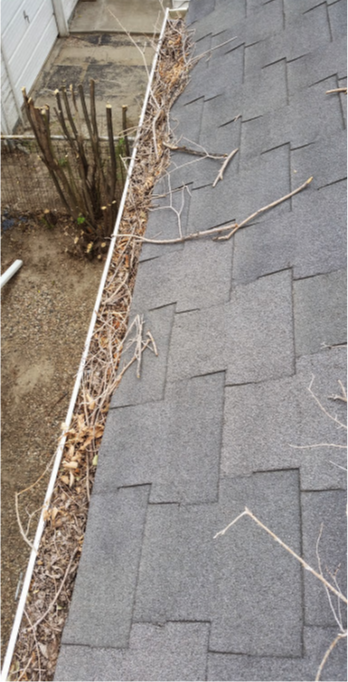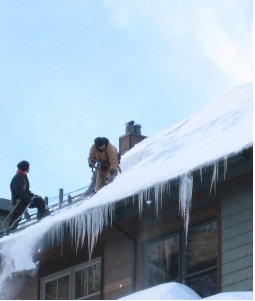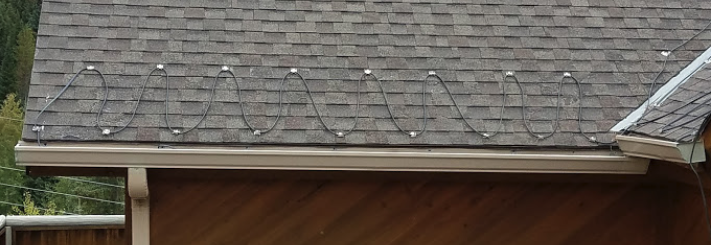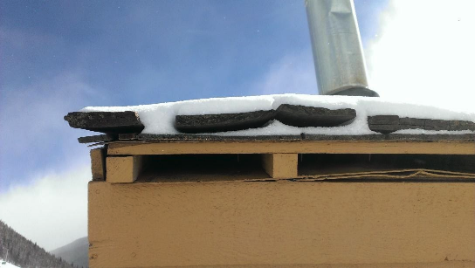Attic Insulation
Insulation is an important part of all roofing systems. Your attic is one of the most essential areas in your home to have properly insulated. An insulated attic helps to maintain a consistent temperature inside the home and reduces energy consumption, which directly correlates to lower utility bills.
Owens Corning and Excel Roofing Attic Insulation Solution:
Excel Roofing has partnered with Owens Corning in our commitment to green. Excels roofing system is broken into 3 parts. The roof covering, the attic ventilation, and attic insulation. We always recommend using Owens Corning products on your roof, but we also recommend Owens Corning AttiCat blown in fiberglass insulation as the best product to insulate your attic. Excel always recommends at least an R-49 value of insulation which is 18 inches of insulation. However, we think R-60 is best for the climate here in Colorado and Wyoming. R-60 translates to 22 inches of blown in insulation. When Excel Roofing performs a reroofing and insulation project, we tear off the old roof, remove a sheet of plywood, and add the new insulation from the top of the roof without ever stepping foot inside your home, put the plywood back and reroof the rest. The best time to add insulation is when you have a new roof installed. For a visual, visit https://www.youtube.com/watch?v=Z8dPUyLPCL4&t=3s.
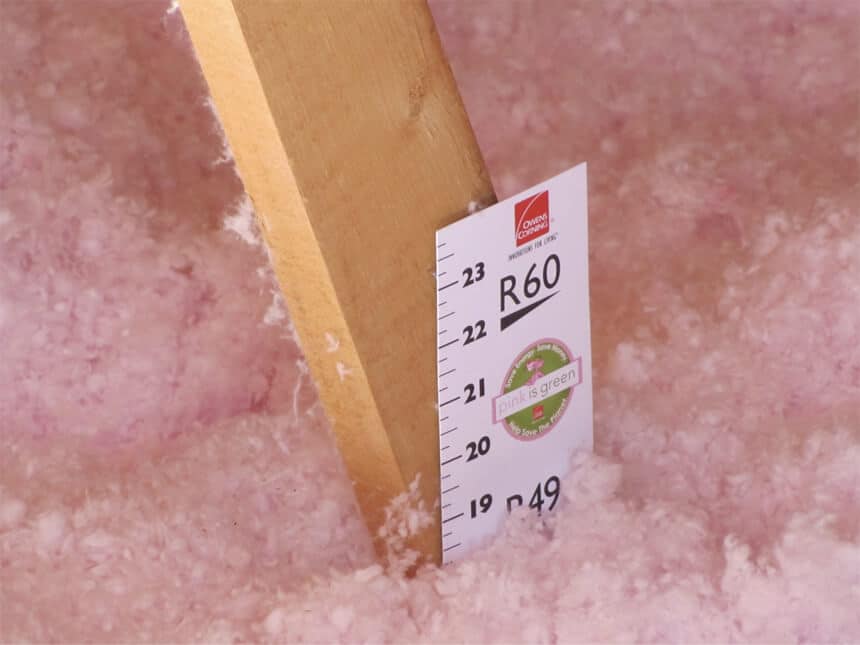
Why is attic insulation important?
Insulating your attic is important because it helps to prevent heat loss or gain. During the winter months as we run our furnaces the heat rises throughout the home and escapes through the ceiling of your house and finally out your attic. When the home doesn’t have the correct amount of insulation installed this exacerbates the issue leading to high energy bills. Conversely, during the summer months, the sun pounds on the roof which creates a lot of heat in the attic space. Poor insulation and ventilation allow the heat that is trapped in the attic to radiate through the ceilings leading to increased cooling costs. Heating and cooling are responsible for up to 42% of your home energy consumption. Because of this it’s crucial that you waste as little of this amount of energy as possible. Proper attic insulation can help to prevent these problems by creating a barrier that prevents heat from escaping or entering the home.
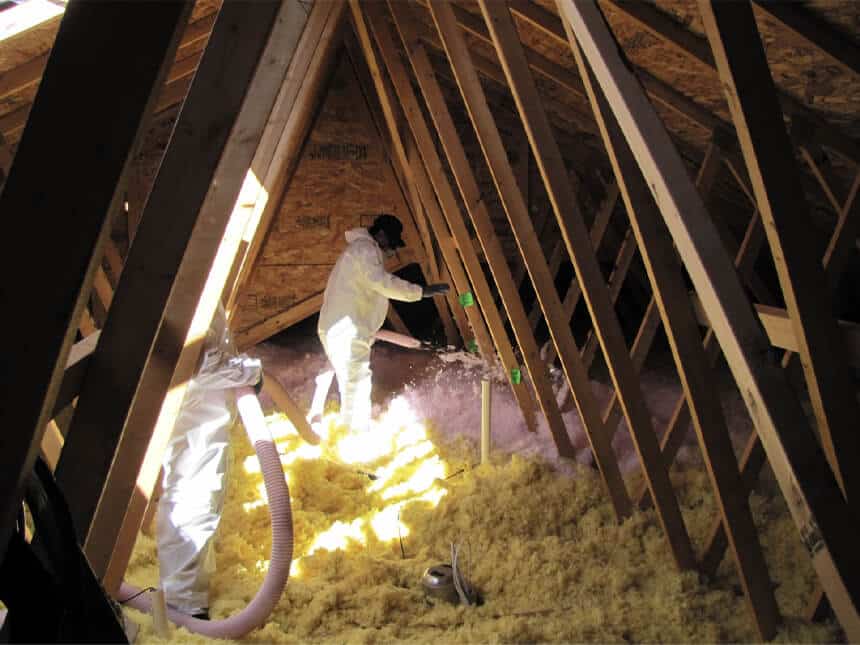
In addition to reducing energy costs, attic insulation also helps to prevent moisture from entering the home. When hot air rises and escapes through the roof, it can cause condensation to form on the underside of the roof deck. Over time, this can lead to mold and mildew growth, which can damage the roof and the health of the occupants.
Types of attic insulation:
There are several types of insulation that can be used in an attic, including fiberglass batts, blown-in cellulose, and spray foam.
Blown-in Fiberglass: This is the type of insulation Excel recommends. It comes in large brick-like bags, it gets fed through an auger that breaks it up and pumps it to the attic. It is easy to install, clean, and reliable. We also like this type of insulation because it is part of the OC roofing system we like to install. In our opinion it’s the best and most effective solution for homes in Denver, Colorado Springs and Wyoming.
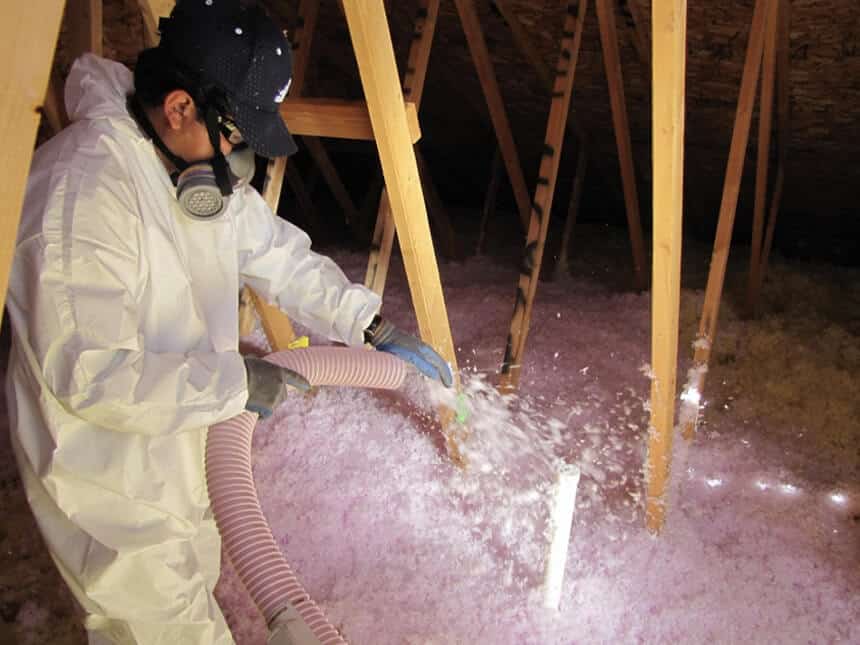
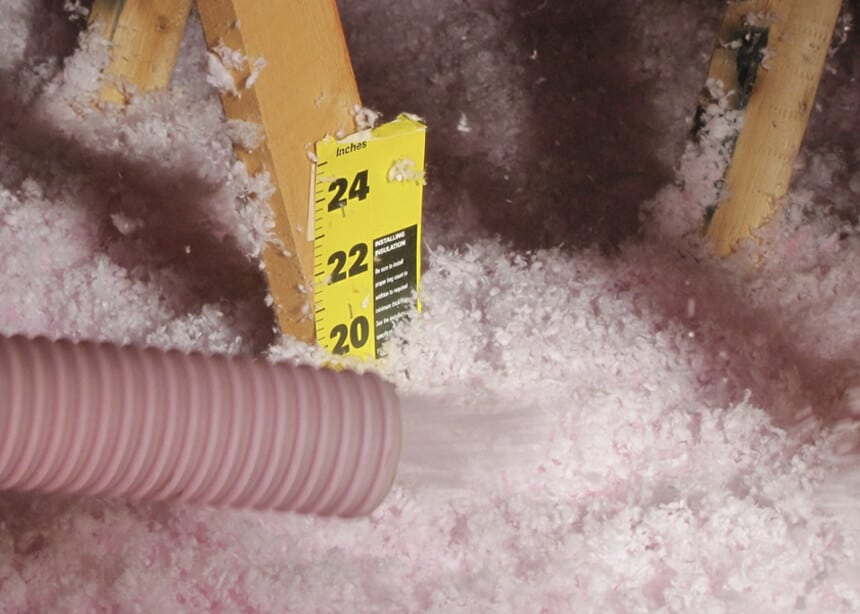
Fiberglass batts: This is the most common type of insulation used in attics. They are made of tiny glass fibers that are spun into batts or rolls. Fiberglass batts are easy to install and relatively inexpensive, making them a popular choice for homeowners. They are also fire-resistant and do not absorb moisture, which helps to prevent mold and mildew growth. The downside to this type of insulation is that sometimes due to the rigid dimensions of the insulation, there can be gaps that occur near rafters and other obstructions allowing air to escape or enter.
Blown-in Cellulose: This type of insulation is made of recycled paper that has been treated with fire retardants. Cellulose contains some chemicals to make it fire retardant and some people have adverse reactions to the chemical that are off gassed by the cellulose. It is blown into the attic using a special machine, and it fills gaps and crevices more effectively than fiberglass batts. Blown-in cellulose insulation is also eco-friendly and can help to reduce energy costs.
Spray Foam: This insulation is made of a combination of chemicals that are sprayed into the attic. When the chemicals mix, they expand and fill all the gaps and crevices in the attic. Spray foam insulation is more expensive than fiberglass, batts and blown-in cellulose. This, when used in combination with blown insulation to create an air seal, is the best way to insulate the attic.
Tax Credit:
Attic insulation is an important part of every roofing system. It helps to regulate the temperature inside the home and reduces energy costs. Remember you can get a 30% tax credit for adding proper attic insulation up to $1,200. For more information about the tax credit visit https://www.irs.gov/credits-deductions/home-energy-tax-credits.
Reference Links:
https://www.irs.gov/credits-deductions/home-energy-tax-credits
